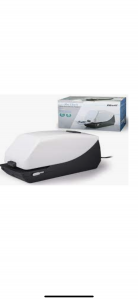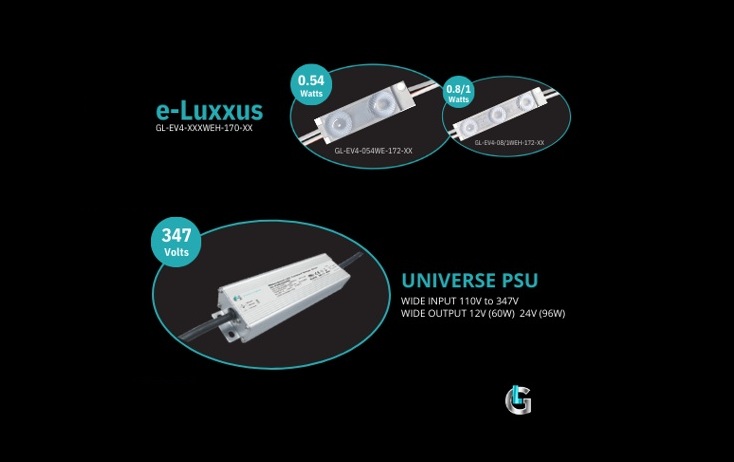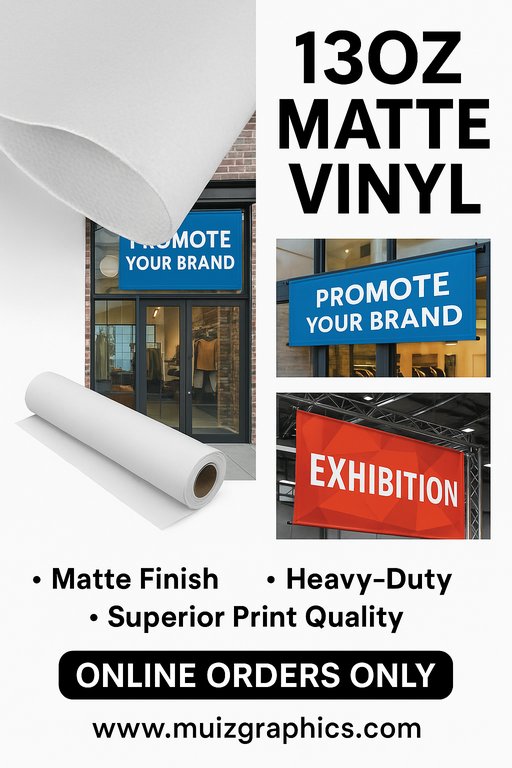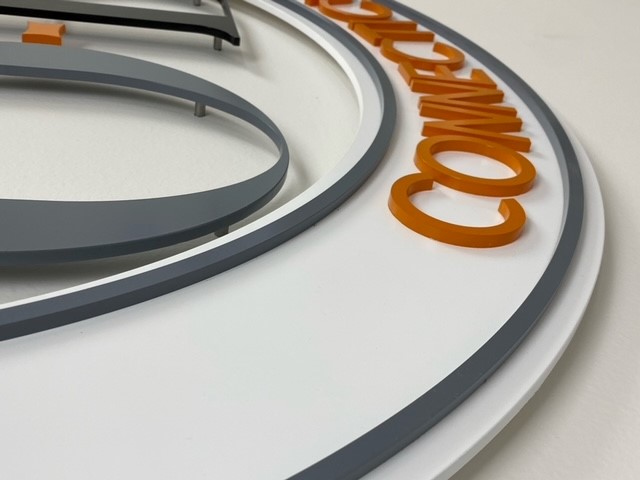Enhancing designs mechanically and physically
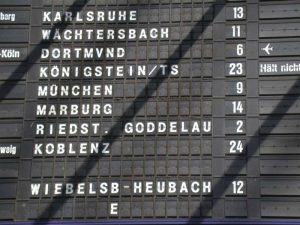
By the 1980s, with the advent of both large screens and large-format printing, mechanical approaches to dynamic signage began to disappear. The sign industry went digital in more ways than one. Even tri-vision billboards—which rotated between several static ads—eventually gave way to digital billboards.
Recently, however, some designers and manufacturers have recognized the benefits of the specific attributes of earlier mechanical conveyances. By using physical motion, through either mechanical means or another type of movement, they have developed novel dynamic signs that break through the clutter. Some are truly multi-sensory, using a combination of sound, dimensionality and movement to heighten the level of engagement for the public.
Mechanical conveyances
As in the past, mechanical dynamic signs use motors and changing lights to create movement. They can range in format and level of sophistication, from motorized circular and triangular drums with changing images to disk technology that can create messages that rival digital signage content for clarity and dynamism.
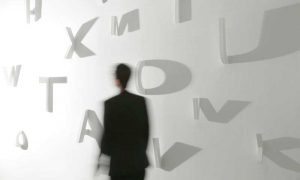
The mechanical sounds help these dynamic signs stand out, with each sound cue drawing the public’s attention to changes in the displayed images or text. As well, simpler shapes and patterns can help cut through the clutter of busier, more complex imagery.
Dynamic illumination
Signs that use changes in light to capture the public’s attention are becoming increasingly common, particularly with new trends in landmark architecture. Light works very well when combining traditional signs and buildings’ structures, as it can help accent already distinctive design elements.

